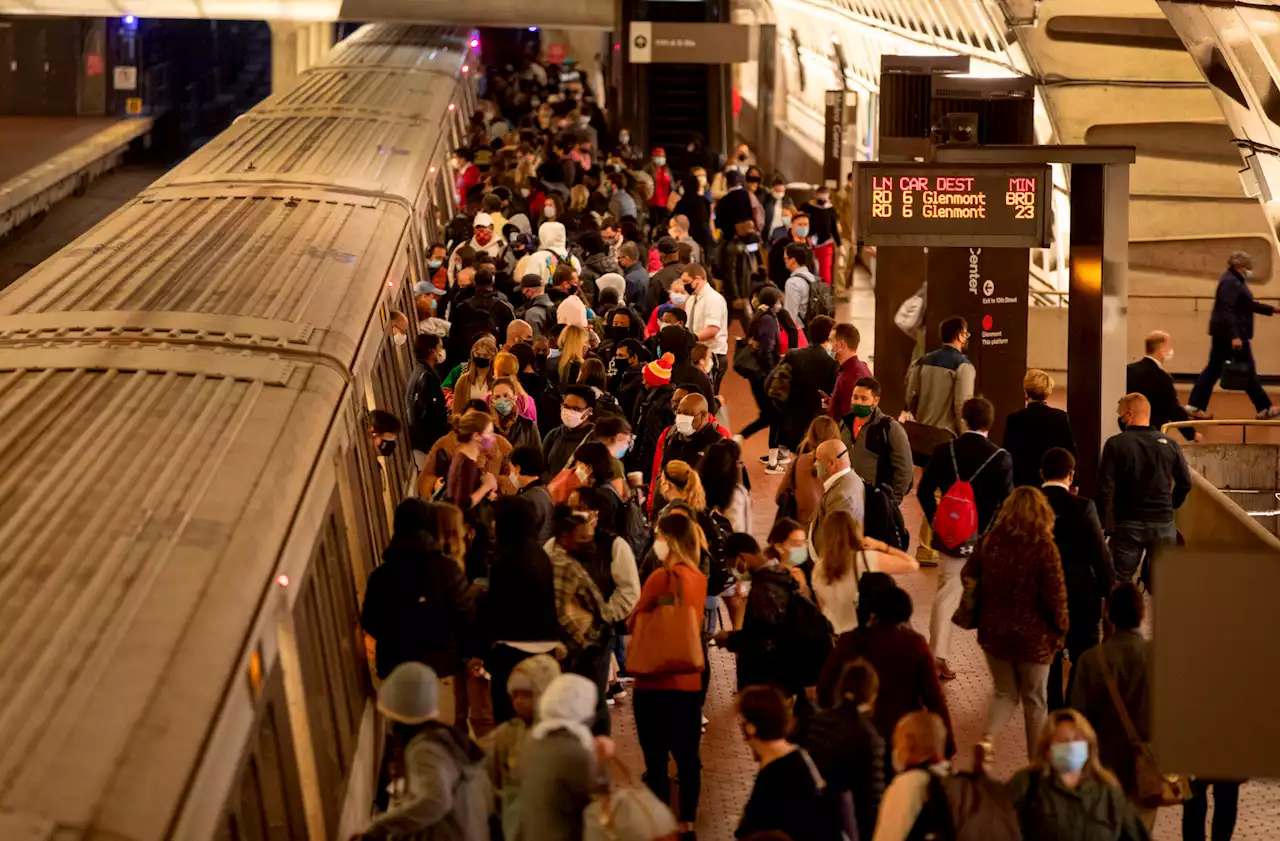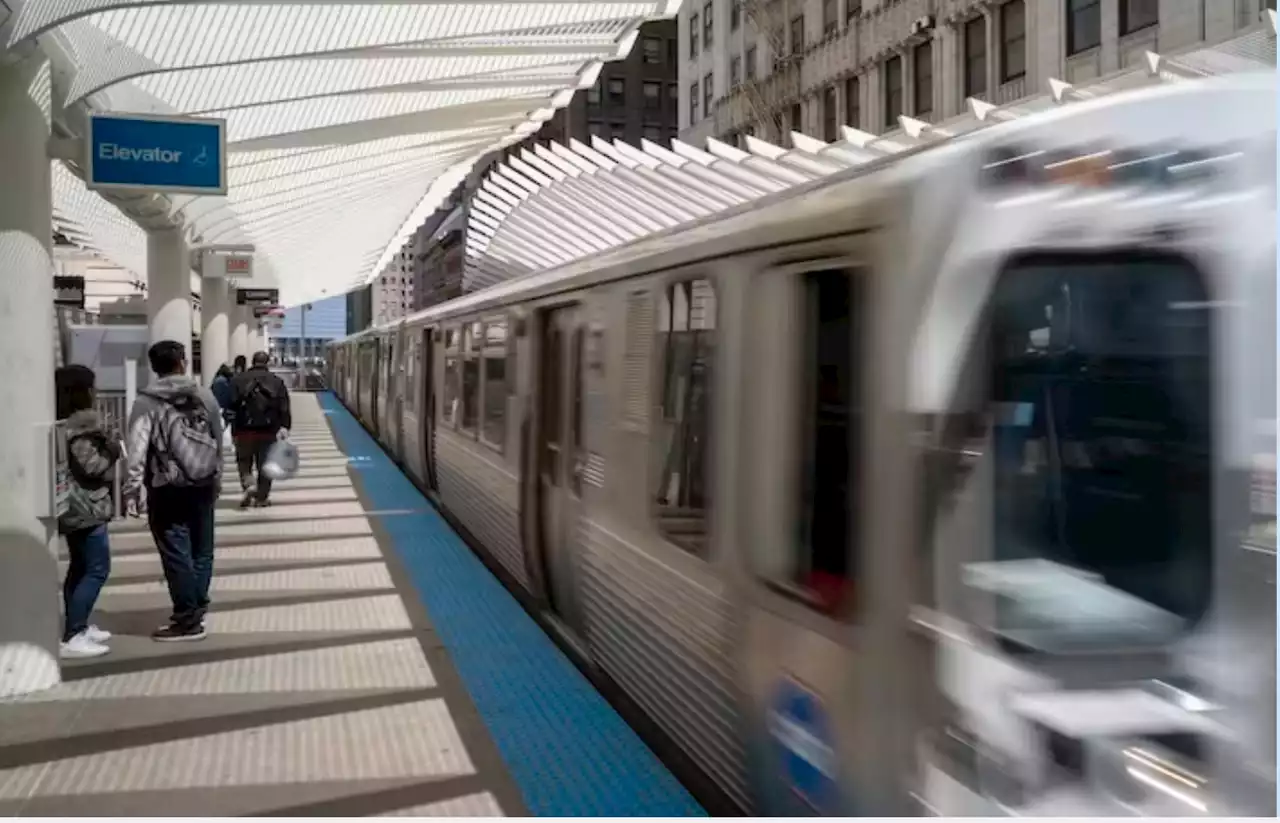With ridership still dramatically below pre-pandemic levels and temporary federal support expiring, transportation agencies face an economic and managerial “doom spiral.”
The KC Streetcar is a free two-mile route running along Main Street in downtown Kansas City, Mo. The city also offers free bus rides, but infrequent service is a concern.,” mass transit in the U.S. was an unsubsidized, privately operated service for decades prior to the 1960s and 1970s. In the 19th and early 20th centuries, prosperous city dwellers used public transit to escape from overcrowded urban neighborhoods to more spacious “.
These systems were self-financing: Transit company investors made their money in suburban real estate when rail lines opened up. They charged low fares to entice riders looking to buy land and homes. The most famous example was the Pacific Electric “red car” transit system in Los Angeles thatHowever, once streetcar suburbs were built out, these companies had no further incentive to provide excellent transit. Unhappy voters felt suckered into crummy commutes.
In the early 20th century, Los Angeles had a world-class public transit system – here’s how it went off the rails.In most cities, politicians refused to prop up the often-hated private transit companies that now were begging for tax concessions, fare increases or public buyouts. In 1959, for instance, politicians still forced Baltimore’s fading private transit company, the BTC, toto taxes. The companies retaliated by slashing maintenance, routes and service.
Local and state governments finally stepped in to save the ruins of the hardest-strapped companies in the 1960s and 1970s. Public buyouts took place only after decades of devastating losses, including most streetcar networks, in cities such as Baltimore , Atlanta and Houston .
United States Latest News, United States Headlines
Similar News:You can also read news stories similar to this one that we have collected from other news sources.
 Top Democrat sees hope in ‘MAGA Doom Loop’A top Democratic influencer who was among the first to predict that the expected “red wave” in 2022 would crash well short cited on Monday new indications that the GOP is facing another pushback in MAGA-leaning states.
Top Democrat sees hope in ‘MAGA Doom Loop’A top Democratic influencer who was among the first to predict that the expected “red wave” in 2022 would crash well short cited on Monday new indications that the GOP is facing another pushback in MAGA-leaning states.
Read more »
 Poor special teams doom Islanders in Game 1 loss to HurricanesIslanders struggle on power play and penalty kill in 2-1 loss to Hurricanes in Game 1 of their opening-round playoff series. Isles
Poor special teams doom Islanders in Game 1 loss to HurricanesIslanders struggle on power play and penalty kill in 2-1 loss to Hurricanes in Game 1 of their opening-round playoff series. Isles
Read more »
 Will Accused Killer Mom Lori Vallow’s Doomsday Beliefs Doom Her In Court?Legal experts tell The Daily Beast that the decision to showcase how Vallow’s long-held beliefs in a renegade branch of the Church of Jesus Christ of Latter-day Saints may prove to be a double-edged sword for the prosecution.
Will Accused Killer Mom Lori Vallow’s Doomsday Beliefs Doom Her In Court?Legal experts tell The Daily Beast that the decision to showcase how Vallow’s long-held beliefs in a renegade branch of the Church of Jesus Christ of Latter-day Saints may prove to be a double-edged sword for the prosecution.
Read more »
 The witness who could set McCraney free…or doom himPolice in 2019 charged McCraney after tests found his DNA on Ms. Beasley’s body, essentially the foundation of his murder charges.
The witness who could set McCraney free…or doom himPolice in 2019 charged McCraney after tests found his DNA on Ms. Beasley’s body, essentially the foundation of his murder charges.
Read more »
 Opinion | Stop the gloom and doom. The economic recovery is strong.Opinion by Jennifer Rubin: President Biden’s claim to be building the economy from the bottom up and middle out appears solidly grounded.
Opinion | Stop the gloom and doom. The economic recovery is strong.Opinion by Jennifer Rubin: President Biden’s claim to be building the economy from the bottom up and middle out appears solidly grounded.
Read more »
 Metro Board Approves First Fare Increase In Five Years, New Low-Income Fare ProgramStarting this summer, Metrorail riders will pay an additional 40 cents per mile after the first three miles of their trip.
Metro Board Approves First Fare Increase In Five Years, New Low-Income Fare ProgramStarting this summer, Metrorail riders will pay an additional 40 cents per mile after the first three miles of their trip.
Read more »
